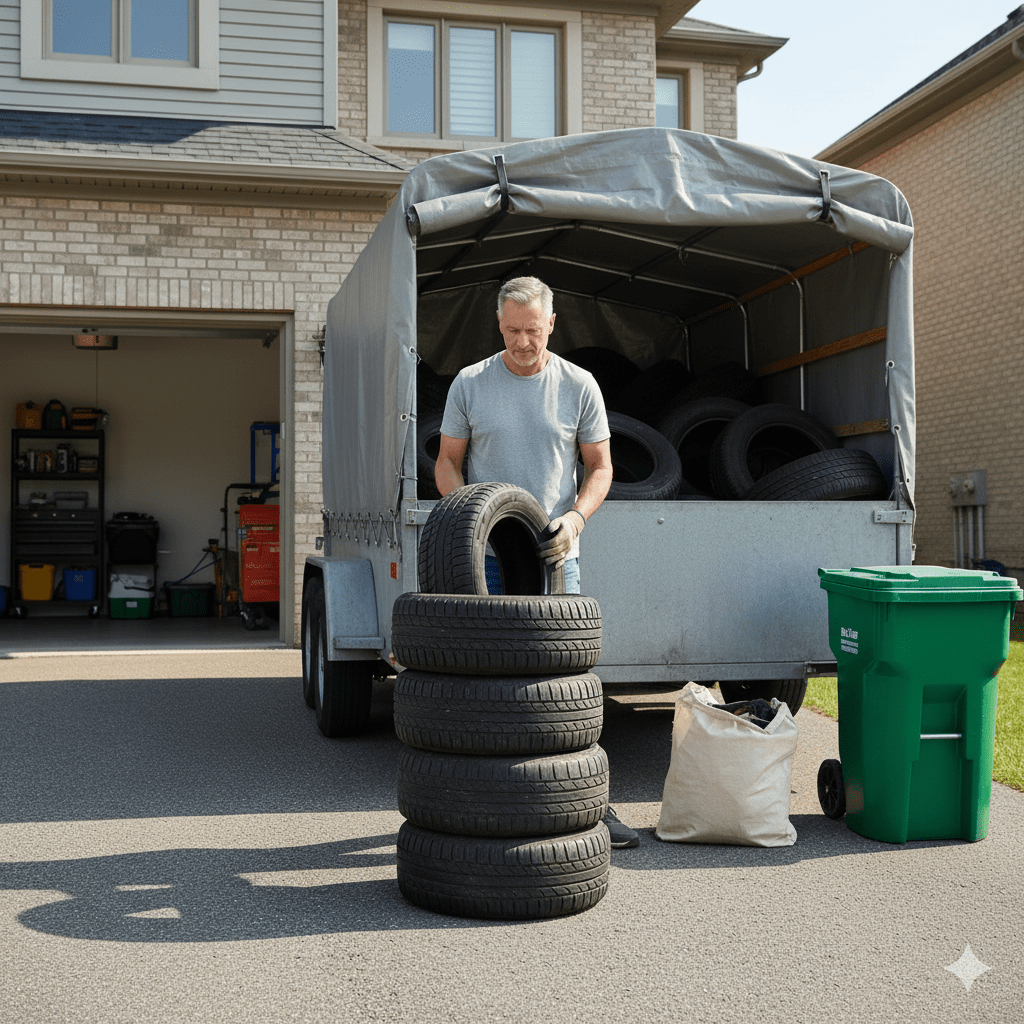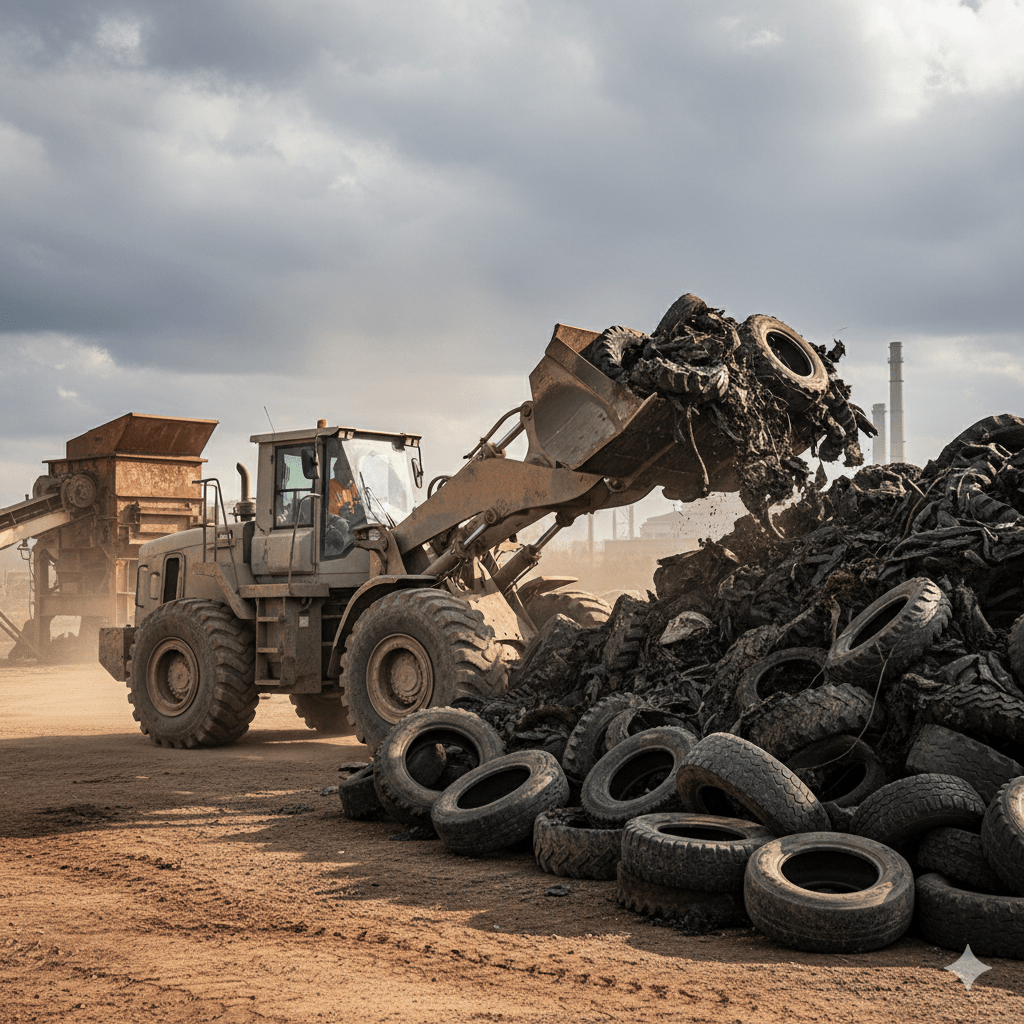Hoarding cleanouts don’t bill by sympathy; they bill by risk, mass, and time. You’re not paying to move “stuff.” You’re paying to make layers of history, hazards, and logistics disappear without breaking the house, the neighbors, or the crew. Here’s how the price actually moves.
Extent of Hoarding and Severity
Severity multiplies everything—crew size, PPE, hours, and disposal.
- Level of impact: Clear walkways with stacked rooms? One price. Shoulder-high pathways (goat trails), blocked exits, rooms rendered unusable? That’s a different animal with a different invoice.
- Sanitation load: Food waste, rodent activity, pet feces, needles, mold—these add biohazard protocols (P100 respirators, sharps containers, disinfectants, sealed transport). Biohazard = slower pace + licensed handling = higher cost.
- Stabilization before removal: Utilities on? Structure safe? You may need a pre-clean (enzyme treatment, HEPA air scrubbers) just to make it safe enough to start.
- Decision time: Keep/Donate/Discard decisions add hours. If the crew must pause for item-by-item approvals, the meter runs.
Cost driver: Every new risk class (sanitary → biohazard → structural concern) pushes the rate up because the liability did.
Type and Volume of Junk Items
Weight and weirdness beat square footage every time.
- Heavy content: Books, magazines, tile, dishes, paint cans, weights—these hit tonnage limits before a truck looks full. Ton-based landfills punish heavy homes; yard-based facilities punish fluffy ones.
- Bulky/awkward: Sectionals, freezers, pianos, commercial fridges, aquariums—require extra hands, dollies, or partial demo to exit.
- Category sorting: Documents, photos, valuables, and keepsakes add time for curation (gloves on, pace down).
- Special streams: E-waste, appliances (refrigerant recovery), mattresses, tires—each carries per-item fees or separate trips.
Cost driver: Volume sets the floor; material mix sets the ceiling.

Access Challenges and Home Layout
Access either compresses your bill or inflates it. Nothing neutral about it.
- Distance & vertical travel: Second-floor walk-ups, tight stair turns, narrow halls, elevators with time windows—all convert minutes into money.
- Parking & path: Loading zones, HOA rules, long carries to the truck, snow/heat—production slows, costs rise.
- Structural pinch points: Door widths, low ceilings, sagging floors (weight limits), blocked exits—force smaller teams, smaller tools, more trips.
- Containment requirements: High-rise corridors and shared lobbies may need floor protection, negative-air containment, and off-hours work.
Cost driver: Every extra 20–30 feet repeated 300 times is an hour you didn’t plan for.
Need for Specialized Equipment or Teams
Hoarding cleanouts sometimes look like construction—with respirators.
- PPE & controls: P100 respirators, Tyvek suits, cut-resistant gloves, sharps kits, HEPA vacs, air scrubbers, enzyme cleaners—necessary when the load says so.
- Lift & move gear: Appliance dollies with straps, stair climbers, pallet/floor jacks, sleds for yard drags, compact demo tools for blocked exits.
- Licensed subs:
- Biohazard remediation (bodily fluids, significant mold, needles).
- Refrigerant tech for fridges/freezers.
- Pest control before crews enter (flea/tick/roach bombs).
- Asbestos/lead testing if suspect materials must be disturbed.
- Post-clean services: Odor mitigation, ozone (used properly), carpet pull, subfloor sealing, and deodorizing—nice to have, sometimes must-have.
Cost driver: Each specialty adds mobilization fees, slower workflow, and documentation you’ll be glad exists.
Local Regulations and Disposal Fees
The city doesn’t care about your timeline; it cares about its rules—and its scale house.
- Fee model: Landfill by ton vs. transfer station by cubic yard. Heavy homes lose at tonnage. Fluffy homes lose at volume.
- Bans & surcharges: Mattresses, tires, CRT TVs, appliances with refrigerant, e-waste—each has a toll or needs a separate facility.
- HHW (household hazardous waste): Paints/solvents, pesticides, propane, gasoline, batteries—never in the mixed load. Scheduling HHW days adds trips and time.
- Documentation: Some municipalities require dump/scale tickets and recycler receipts; expect the crew to collect and attach them (and bill for the admin).
- Timing: Recyclers close early, HHW is limited, Sunday rules vary. Miss a window → spill to the next day → another crew callout.
Cost driver: Compliance isn’t optional; it’s priced in. Ignoring it is how fines happen—and you pay those too.
Bottom line
The cost of hoarding cleanouts depends on severity, material mix, access, specialization, and regulations. You control two levers: honesty during scoping and decisiveness while work is underway. Choose the right hoarding cleanout services—ones that show you their process and paperwork—and your invoice will look like a plan, not a confession.






